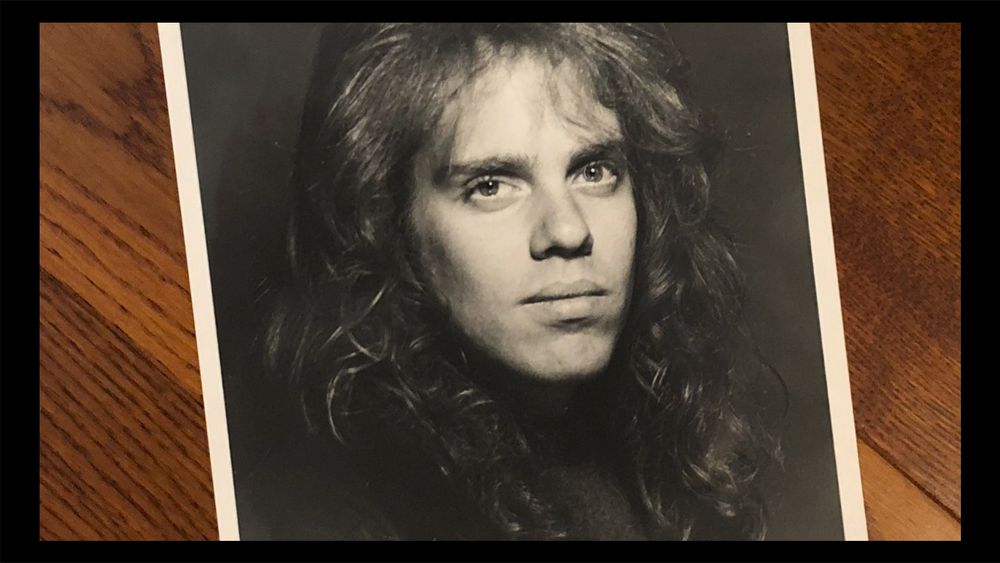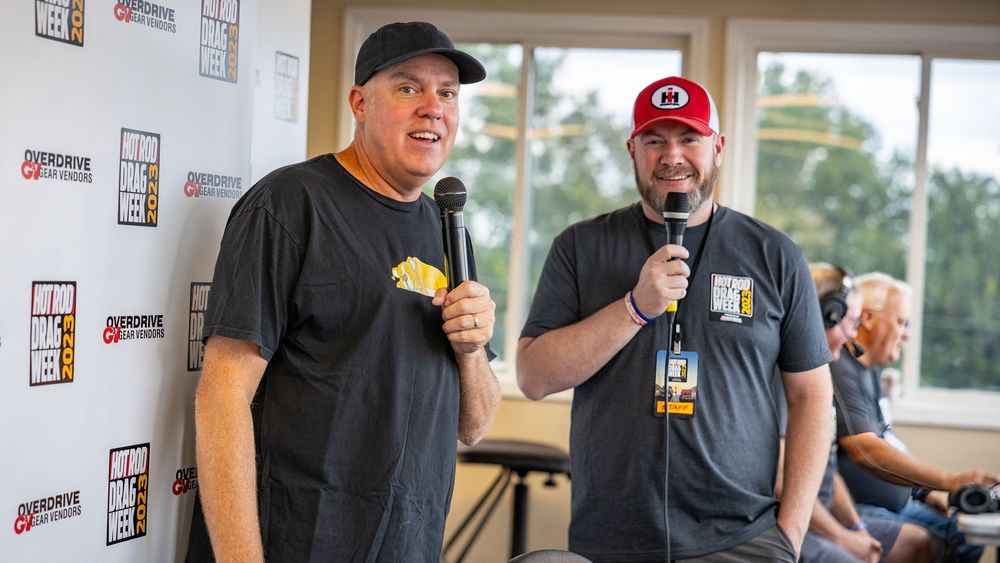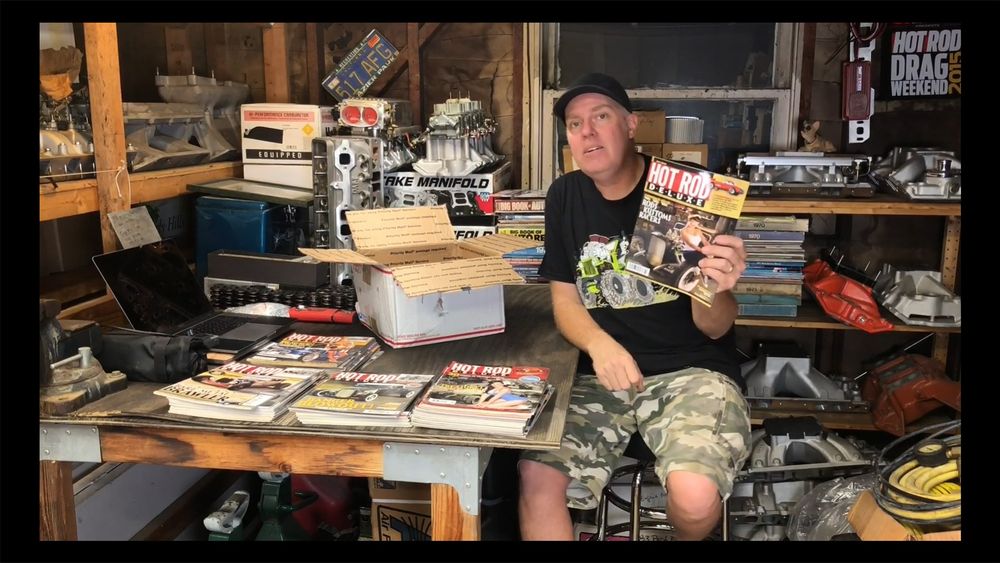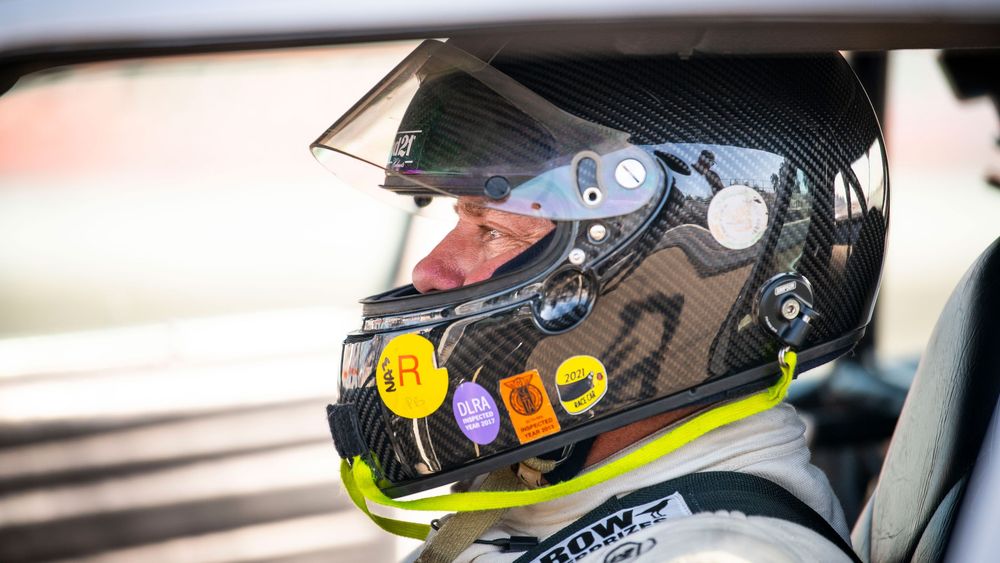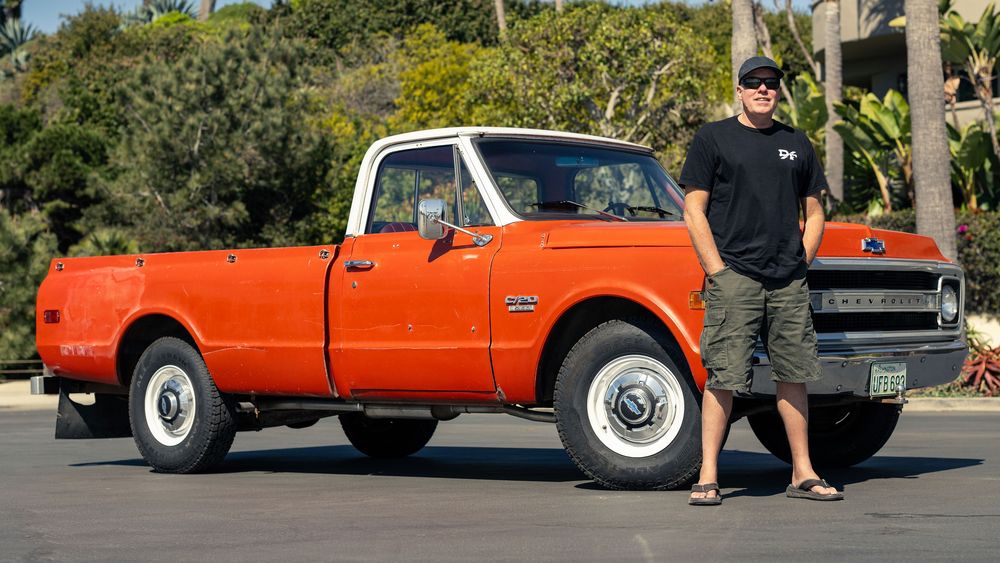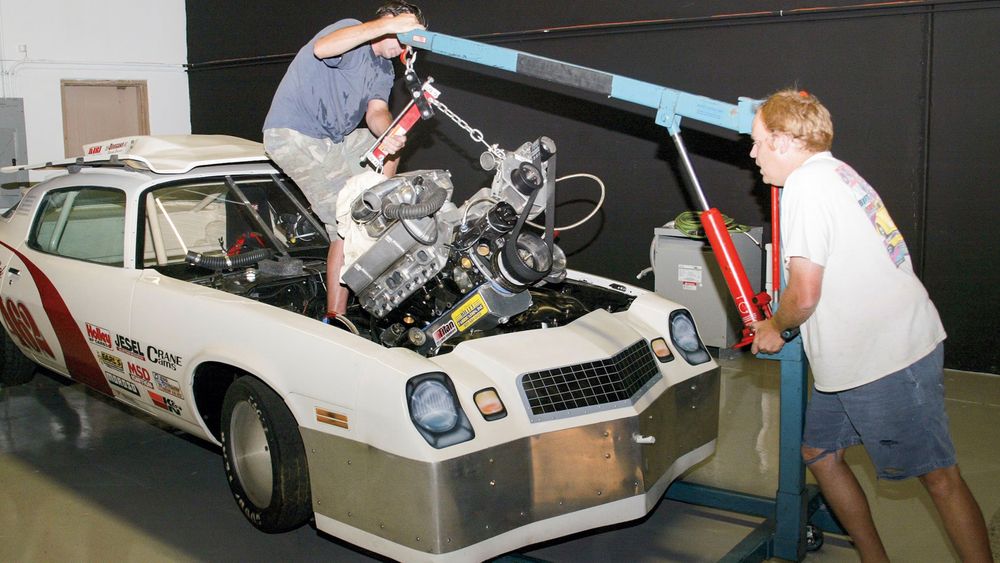David Freiburger Reflects on His Magazine Career and Looks to the Future of Media
Former HOT ROD editor and Roadkill star David Freiburger discusses changes in automotive media and the roadmap ahead.
It was 1991, mere hours before 24-year-old David Freiburger went to interview for a staff writer job at HOT ROD magazine. He walked into a “long-hair, rock ’n’ roll kind of hair-cutting place” on Sunset Boulevard in Los Angeles “with full-on heavy-metal hair and got it all cut off.” The hair advice had come from Jeff Smith a couple years earlier when he was editor of Car Craft. “David was very young with a ton of enthusiasm but not much life experience,” Jeff recalled to HOT ROD. “I told him it would be better to work in the industry for a while and gain experience, which is what he did.” Also, you know, the haircut. Jeff went on to become the editor of HOT ROD and hired him.
AI Quick Summary
David Freiburger, former HOT ROD editor and Roadkill star, reflects on his career in automotive media, adapting to YouTube after Roadkill's cancellation. He discusses the evolving media landscape, the growth of drag racing, and the challenges of maintaining credibility online.
This summary was generated by AI using content from this MotorTrend article
Read Next
0:00 / 0:00
Chopping off his hair would be one of the few times David would conform to a norm in his career, but being a nonconformist wasn’t what got him canceled in November 2024. That’s when MotorTrend Studios ended production of his original series Roadkill after 13 seasons. Roadkill spinoffs also got canned. It meant the TV host and former editor-in-chief of HOT ROD, HOT ROD Deluxe, Car Craft, Rod & Custom, and 4-Wheel & Off-Road magazines was unemployed. He turned his focus to developing content for The David Freiburger Channel on YouTube. The video in which he told his version of the demise of Roadkill had 1.3 million views at the time this story was published online.
“I've always considered myself an automotive journalist, even though having my own YouTube channel feels like I’m now doing a teenager’s job,” David said when we spoke to him a couple months later. He was preparing to travel to Florida to take on a second venture: reporter for the NHRA drag racing series on Fox Sports.
David has a background in announcing races, including HOT ROD Drag Week and Pump Gas Drags. He’s also reporting from the pits. Brian Lohnes, the play-by-play announcer for the NHRA series on Fox, helped him prep for covering his first race in Florida, though David admitted he’s been sponging off Brian’s announcing skills for years.
As a kid, David had automotive magazines stacked all over his bedroom. Four decades later, the collection now lives in his garage. “I was completely infatuated with cars through the pages of magazines,” he said. “I was obsessed with old magazines and current magazines and had subscriptions to absolutely everything, including HOT ROD.” He also regularly attended NHRA races as a teen, “and I was super excited about it. I’d run to the fences as fast as I could to make sure I didn't miss a round of the nitro cars or Top Fuel or whatever.”
As a former editor of HOT ROD, the NHRA opportunity is particularly meaningful: the legacy connection between HOT ROD and the NHRA. “The NHRA was founded in the offices of HOT ROD. Wally Parks was the editor of HOT ROD in 1951, when he founded the NHRA as part of HOT ROD, then took it off on his own and it became a whole separate entity. It’s pretty cool to be able to work in both things.”
David’s also been encouraged by the abundance of TV, social media, and YouTube coverage of drag racing overall. There are more classes and types of cars and events and a more diverse audience. “People say drag racing’s dying—it’s not,” David said. “It’s in a big growth mode. Fortunately, it’s growing in attendance largely from TV and videos. This is also giving racers more recognition for their skills and their cars.”
“I don't like the term ‘influencer.’ I don't like ‘YouTuber.’ That sounds like you're 12. But I'm not really a ‘journalist’ on YouTube, either. I'm just fiddling with cars and doing road trips.” —David Freiburger
However, there’s a downside to this level of available content for racing and beyond. “When magazines were the only source, they’d present you with information that you didn’t know you cared about until you discovered it in the pages,” David said. “For example, when I was a 14-year-old reader of HOT ROD, I didn't particularly care about 1930s cars and street rods or the occasional imports or mini-trucks. But I read about them anyway because it was all that was available. It created the interest in me.”
He sees today’s media delivering less of this kind of discovery. “You may never know to Google a new segment of the car world to find out if you care about it, and the social media algorithms are designed to just feed you more of what you’re already interested in,” he said. “So if you’re a 14-year-old surfing YouTube, you might never discover that you like hot rods if all you search for is drift cars. New concepts aren’t being presented.”
When social media and websites were introduced, David felt strongly as editor that HOT ROD should have an online presence. “So I just did it,” he said. “I ran both the Facebook and Instagram accounts. My whole life was in print, but I was seeing the growth of social media from absolutely nothing to what it is today.” HOT ROD’s Instagram now has more than 1 million followers.
With this rise in content also came the fall of authority. You can search for information on, say, how to pick a turbo for your car and find endless resources. “Print articles might have been skewed toward an advertiser, but it was still credible information,” David noted. “Now the challenge is, who's got the credible information? You can go on YouTube and there's some mouth-breather in his backyard sharing surprisingly good information, and then there's another guy who might be sitting in a clean shop who has no idea what he's doing or saying. So it’s a little bit hard to figure out who to trust.”
What are the credentials these days? “I’ve always stood the line of editorial integrity, even when we were doing so-called reality TV,” David said. “I wouldn’t fake anything or endorse anything or act as if we were under a big drama when we weren’t because I thought, the main thing I’ve got going for me is my credibility, and truth always wins.”
It does seem that any content that converts someone to enthusiast, racer, or builder is good content, even if “journalist” is being replaced by terms like “content creator” and “influencer.” “I think social media has been far better than magazines at delivering coverage of average people doing great things in their own garages,” he said. “That’s inspired more people to do homebuilt stuff in their garage involving fabrication—more than we've ever seen before. That’s something that might not have happened without aspirational builders being seen on TV, social media, and YouTube.” There is, however, a new source of content that does scare him: that which is generated by artificial intelligence. “My image and voice are all over the Internet, which means AI can have me saying whatever it wants to say—and it’s not me.”
It used to be that automotive content was available primarily in print and only once a month. Today, consumption of new content is constant and available everywhere, and the winners are those who publish the most. “The problem with a platform like YouTube is that you really need to post something every single week, or you become irrelevant, and the algorithm doesn’t pick you up,” he explained. “As an individual, it’s very difficult to maintain a weekly pace of the same level of content all the time. I really should post daily or twice a day. I’m just not interested in burning myself into the ground, so my channel is more of a magazine variety show.”
David’s never held a job that wasn't automotive. He worked at the parts counter of a Dodge dealership right out of high school then briefly at an engine machine shop. He had a side job at Glendale Speed Center before working full-time for Jacobs Electronics. It was through the latter that he got to know many magazine editors, because Jacobs was one of their advertisers. That’s how he landed his first byline as a freelancer for Four Wheel Drive Action magazine.
His name first appeared on the HOT ROD masthead in the February ’92 issue. The last time was the Spring 2025 issue. He hosted Roadkill on YouTube, then on streaming, and then on cable and streaming. He witnessed the decline of print, then of cable TV. And now, he’s back on YouTube. No matter the media platform, David Freiburger’s strength has always been in being early to spot what's already happening then amplifying it to see whether a broader audience is interested. It appears that it’s him that’s already happening. Once again.

